Glenn J. Myatt9780470074718, 047007471X
Table of contents :
Contents……Page 6
Preface……Page 12
1.1 OVERVIEW……Page 14
1.4 IMPLEMENTATION OF THE ANALYSIS……Page 15
1.6 BOOK OUTLINE……Page 18
1.8 FURTHER READING……Page 20
2.2 OBJECTIVES……Page 21
2.3 DELIVERABLES……Page 22
2.4 ROLES AND RESPONSIBILITIES……Page 23
2.5 PROJECT PLAN……Page 24
2.6.2 Problem……Page 25
2.6.5 Current Situation……Page 26
2.7 SUMMARY……Page 27
2.8 FURTHER READING……Page 29
3.2 DATA SOURCES……Page 30
3.3.1 Data Tables……Page 32
3.3.2 Continuous and Discrete Variables……Page 33
3.3.3 Scales of Measurement……Page 34
3.3.4 Roles in Analysis……Page 35
3.3.5 Frequency Distribution……Page 36
3.4.2 Cleaning the Data……Page 37
3.4.4 Data Transformations……Page 39
3.4.5 Segmentation……Page 44
3.6 EXERCISES……Page 46
3.7 FURTHER READING……Page 48
4.2.2 Contingency Tables……Page 49
4.2.3 Summary Tables……Page 52
4.3.2 Frequency Polygrams and Histograms……Page 53
4.3.3 Scatterplots……Page 56
4.3.4 Box Plots……Page 58
4.3.5 Multiple Graphs……Page 59
4.4 SUMMARY……Page 62
4.5 EXERCISES……Page 65
4.6 FURTHER READING……Page 66
5.1 OVERVIEW……Page 67
5.2.1 Overview……Page 68
5.2.2 Central Tendency……Page 69
5.2.3 Variation……Page 70
5.2.4 Shape……Page 74
5.2.5 Example……Page 75
5.3.1 Overview……Page 76
5.3.2 Con.dence Intervals……Page 80
5.3.3 Hypothesis Tests……Page 85
5.3.4 Chi-Square……Page 95
5.3.5 One-Way Analysis of Variance……Page 97
5.4.1 Overview……Page 101
5.4.2 Visualizing Relationships……Page 103
5.4.3 Correlation Coef.cient (r)……Page 105
5.4.4 Correlation Analysis for More Than Two Variables……Page 107
5.5 SUMMARY Central Tendency……Page 109
5.6 EXERCISES……Page 110
5.7 FURTHER READING……Page 113
6.1.1 Overview……Page 115
6.1.2 Grouping by Values or Ranges……Page 116
6.1.3 Similarity Measures……Page 117
6.1.4 Grouping Approaches……Page 121
6.2.1 Overview……Page 123
6.2.2 Hierarchical Agglomerative Clustering……Page 124
6.2.3 K-means Clustering……Page 133
6.3.1 Overview……Page 142
6.3.2 Grouping by Value Combinations……Page 143
6.3.3 Extracting Rules from Groups……Page 144
6.3.4 Example……Page 150
6.4.1 Overview……Page 152
6.4.2 Tree Generation……Page 155
6.4.3 Splitting Criteria……Page 157
6.4.4 Example……Page 164
6.6 EXERCISES……Page 166
6.7 FURTHER READING……Page 168
7.1.1 Overview……Page 169
7.1.2 Classification……Page 171
7.1.3 Regression……Page 175
7.1.4 Building a Prediction Model……Page 179
7.1.5 Applying a Prediction Model……Page 180
7.2.2 Simple Linear Regression……Page 182
7.2.3 Simple Nonlinear Regression……Page 185
7.3.1 Overview……Page 189
7.3.2 Learning……Page 191
7.3.3 Predicting……Page 193
7.4 CLASSIFICATION AND REGRESSION TREES 7.4.1 Overview……Page 194
7.4.2 Predicting Using Decision Trees……Page 195
7.4.3 Example……Page 197
7.5.2 Neural Network Layers……Page 200
7.5.3 Node Calculations……Page 201
7.5.4 Neural Network Predictions……Page 203
7.5.5 Learning Process……Page 204
7.5.6 Backpropagation……Page 205
7.5.7 Using Neural Networks……Page 209
7.5.8 Example……Page 210
7.6 OTHER METHODS……Page 212
7.7 SUMMARY……Page 217
7.8 EXERCISES……Page 218
7.9 FURTHER READING……Page 222
8.2 DELIVERABLES……Page 223
8.3 ACTIVITIES……Page 224
8.4 DEPLOYMENT SCENARIOS……Page 225
8.6 FURTHER READING……Page 226
9.1 SUMMARY OF PROCESS……Page 228
9.2.2 Problem De.nition……Page 231
9.2.3 Data Preparation……Page 233
9.2.4 Implementation of the Analysis……Page 240
9.3.1 Overview……Page 250
9.3.2 Text Data Mining……Page 252
9.4 FURTHER READING……Page 253
A.2 STUDENT’S T-DISTRIBUTION……Page 254
A.3 CHI-SQUARE DISTRIBUTION……Page 258
A.4 F-DISTRIBUTION……Page 262
Appendix B – Answers to Exercises……Page 271
Glossary……Page 278
Bibliography……Page 286
Index……Page 288
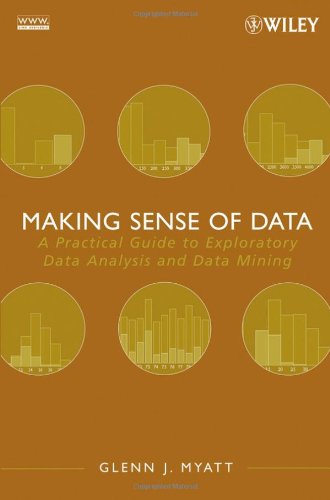
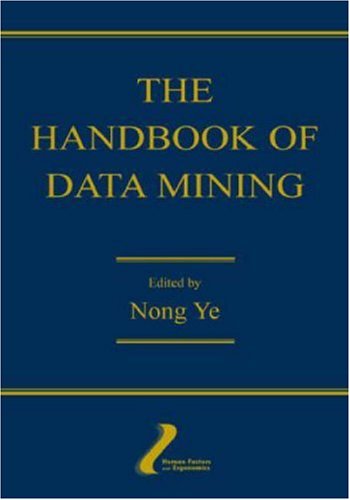
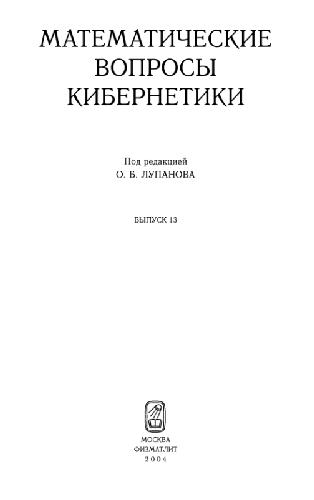
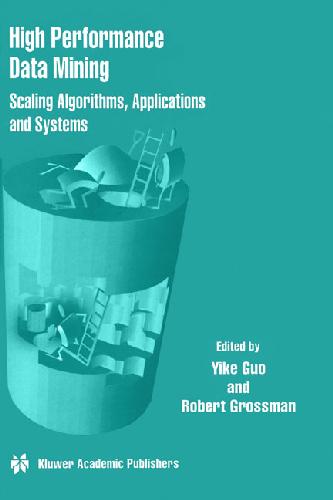

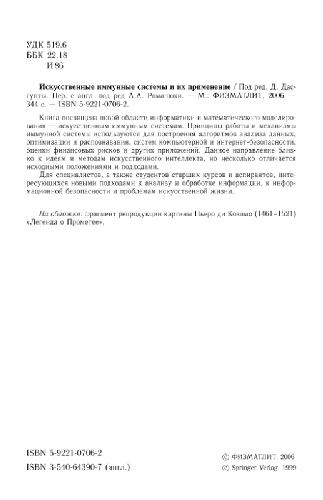

Reviews
There are no reviews yet.